Armed drones have become a tactical advantage and seen as a solution to tackle modern warfare. Use of advanced militaries, armed drones are likely to dominate the global arms market.
Countries like Turkey, China, and Iran are recently engaged in producing low-cost models and exporting them. Recently Ukraine is set to get 100 Rafale fighter jets from France as a defence accord.
What does armed drones promise?
A drone is a remotely piloted aircraft that observes and strikes targets with missiles, and bombs. It promises a lethal and affordable weapon that can easily strike down the enemy without troops.
Drones in Sub-Saharan Africa
The major parts of Sub-Saharan Africa lack sophisticated air defence systems and need to deploy drones as a form of precision weapons.
A growing number of African states – among them Niger, Ethiopia, Togo, Sudan and Somalia – have acquired medium-altitude long-endurance (Male) drones, since 2019.
Among these types of drones, Turkey’s Bayraktar TB2 – along with its successors, the TB3 and Kızılelma (Red Apple) – has ignited the public.
Effectiveness of these drones
The operational success of drones depends on a support infrastructure of fuel which is often missing in the remote areas.
Medium-altitude long-endurance drones are entering African conflicts, which are marked by vast geography, difficult terrain and complex insurgencies that frequently span borders.
The region is facing a shortage of modern integrated air defences. Deploying drones as lethal precision weapons, target isolate groups.
Drones as a tool of conflict
As drones offer tactical advantages, it allows militaries to strike targets without risking personnel.
In conflicts like Ethiopia and the Sahel, geography and logistics play a critical role. Forward-deployed maintenance determines a drone strike’s coverage, persistence and power.
While drones offer military advantages, their use in African conflicts is not leading to peace. Instead, transforming the nature of warfare and creating new challenges.


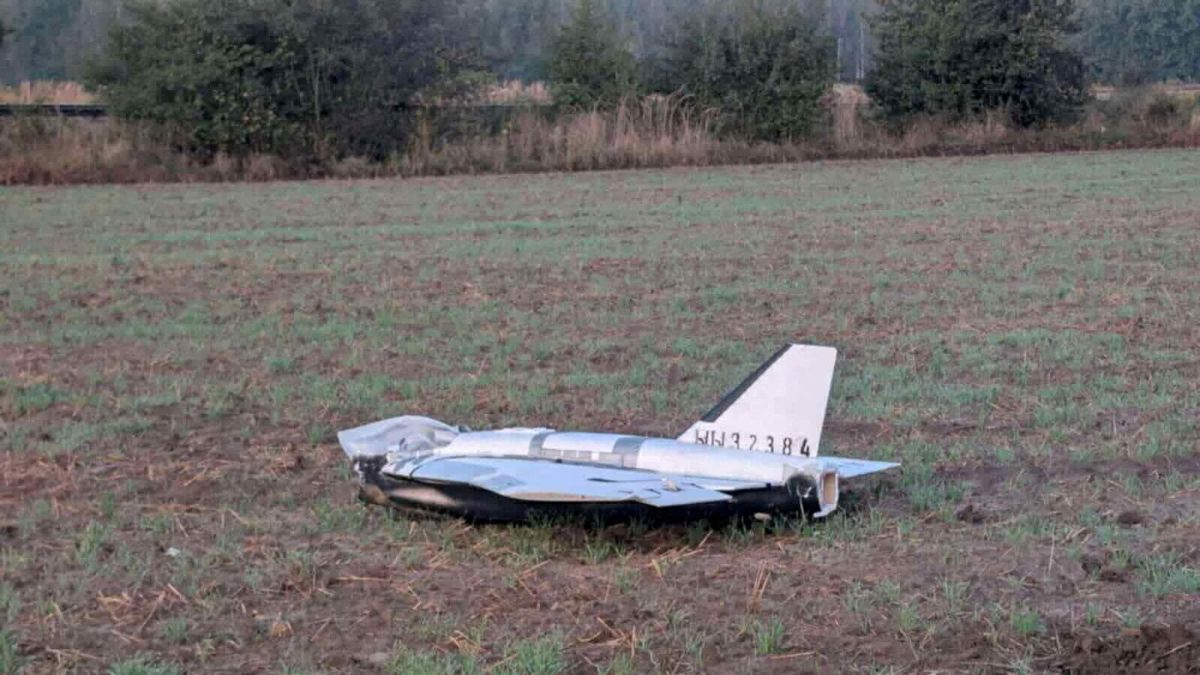)
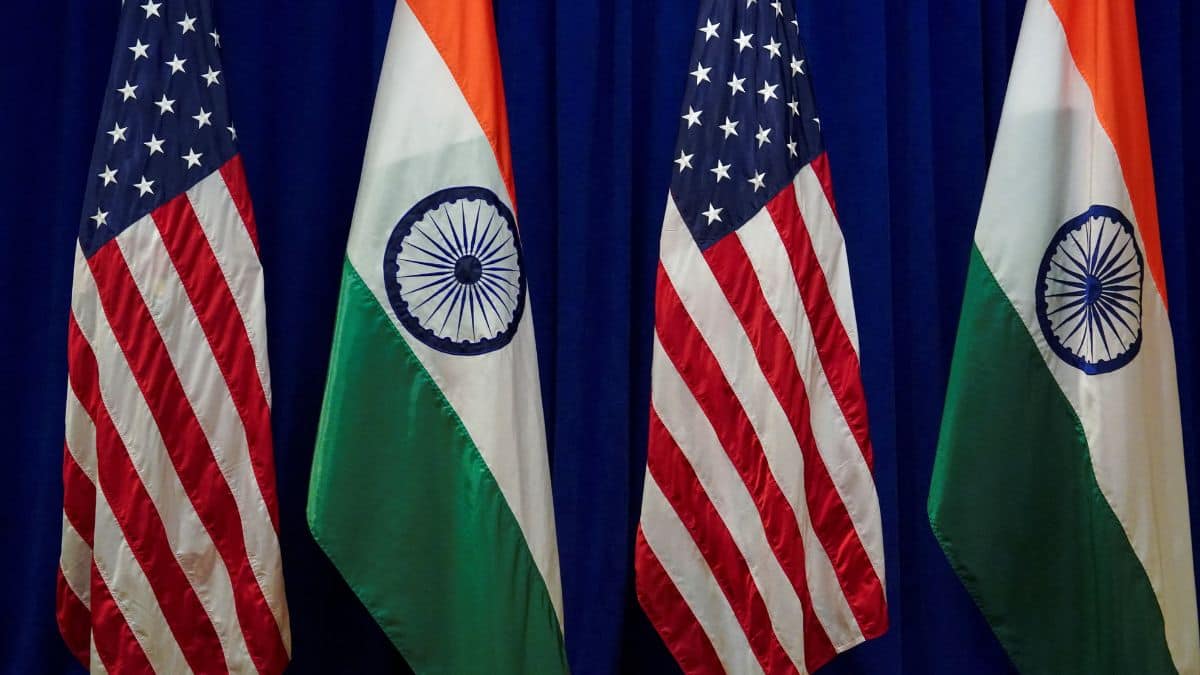
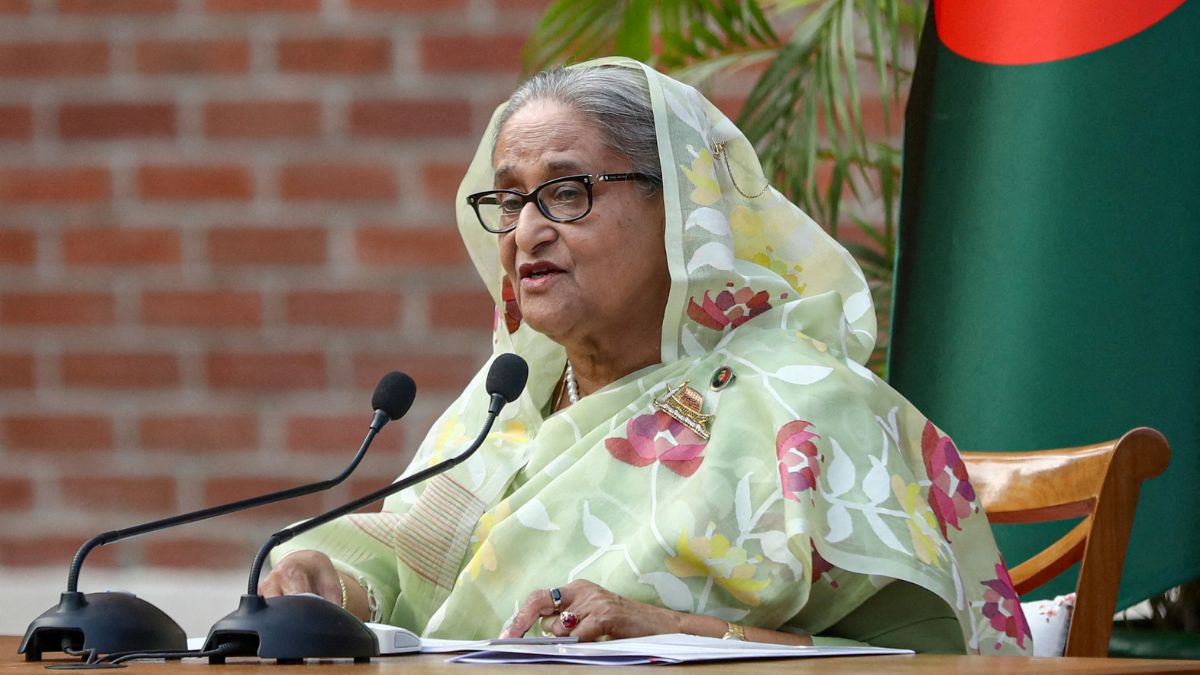)
)
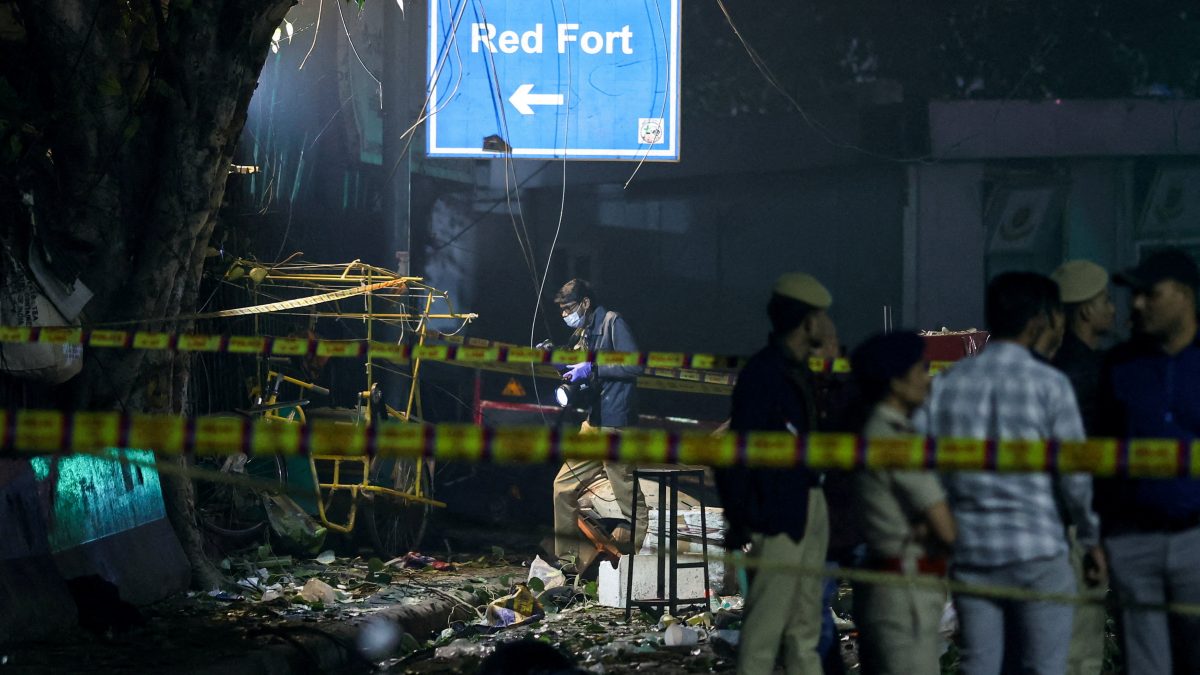)
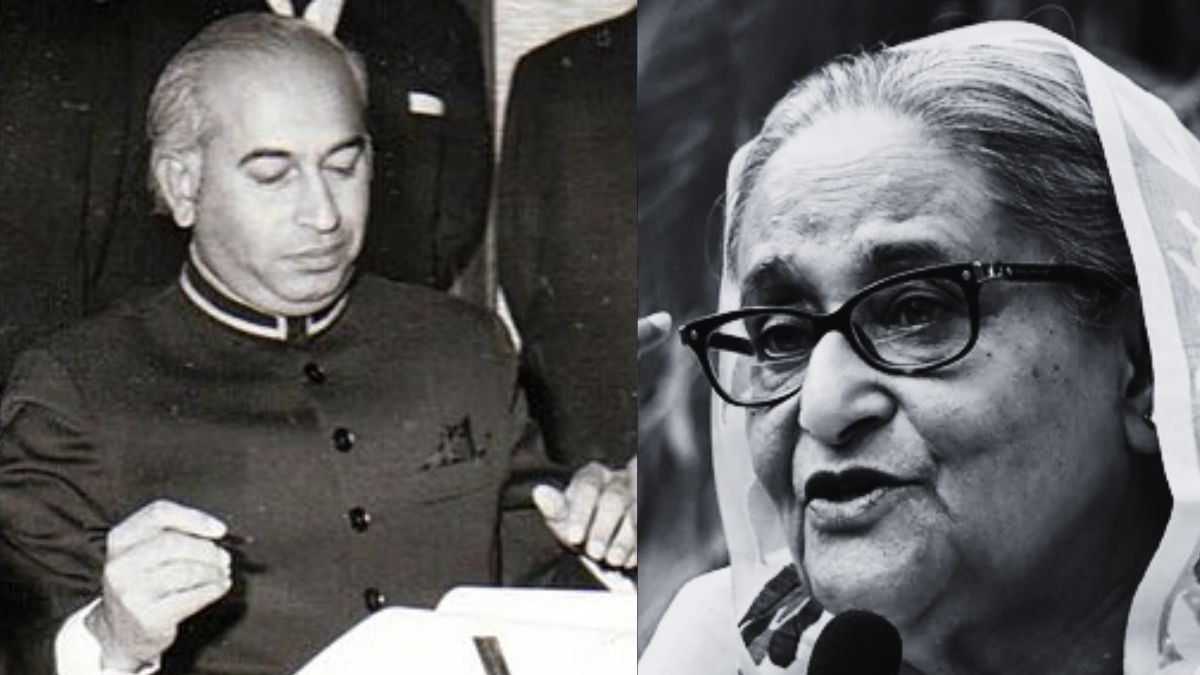)
)
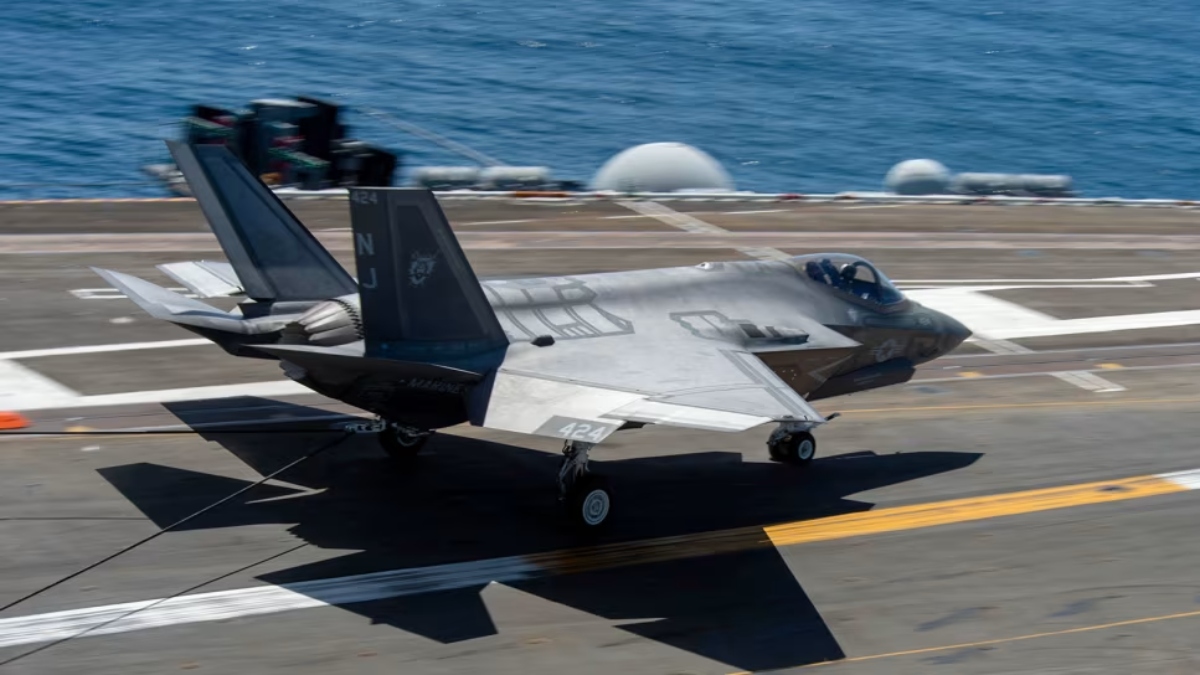)
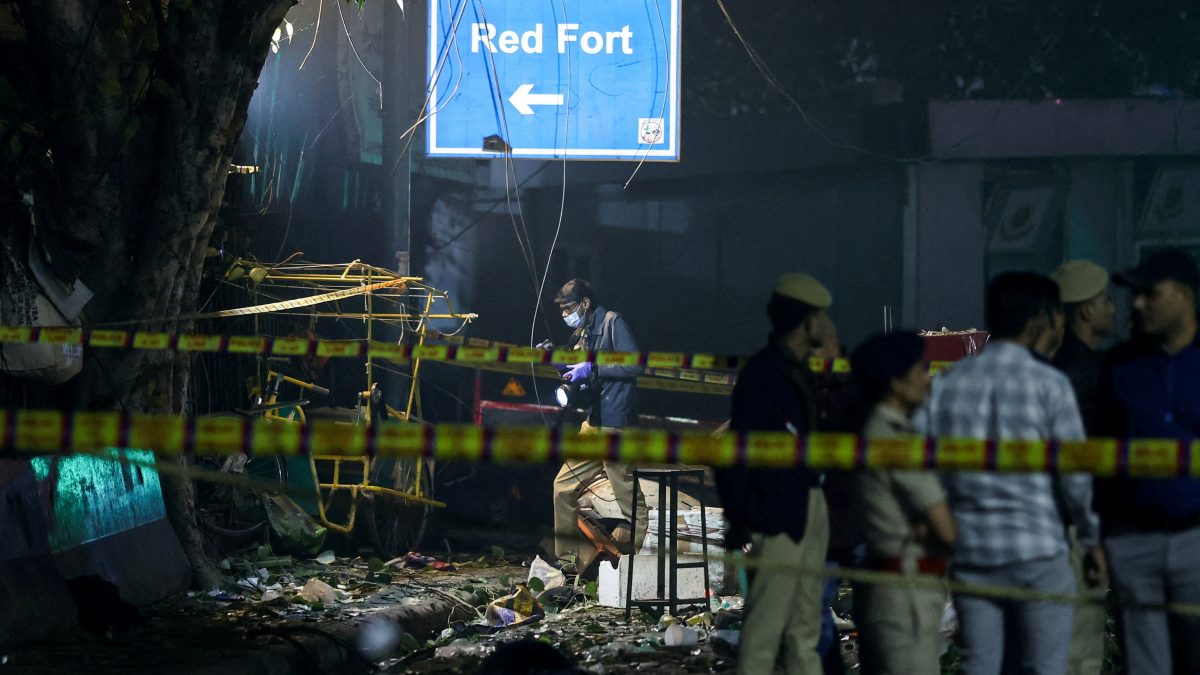)
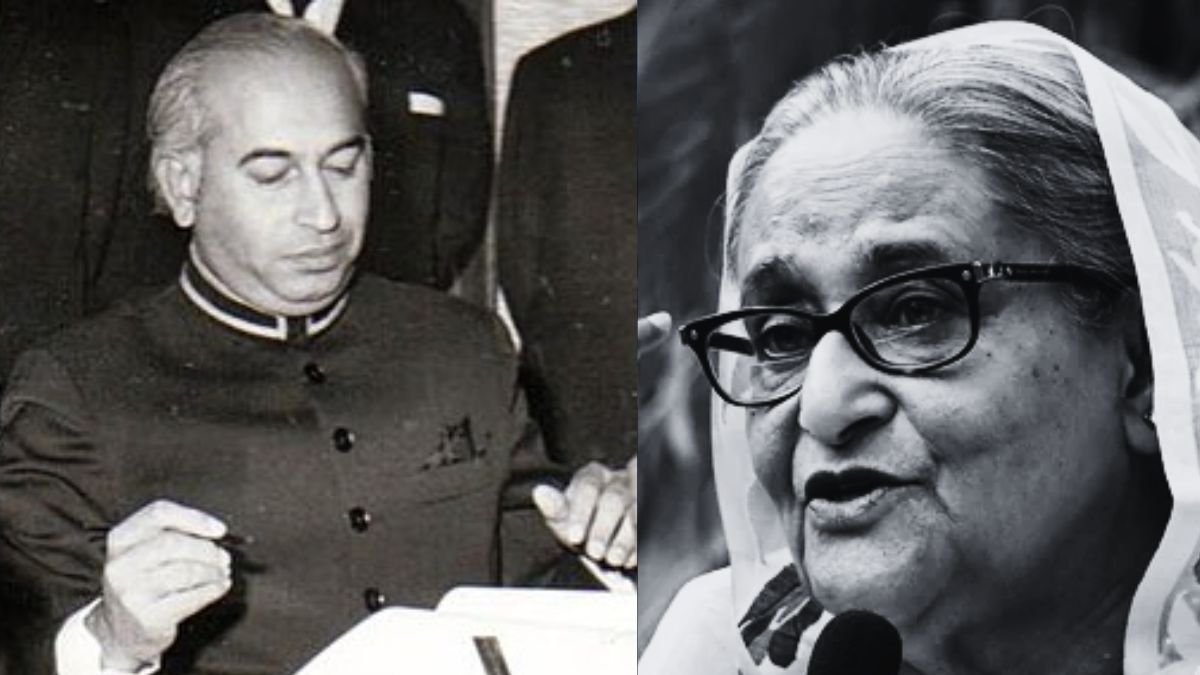)



